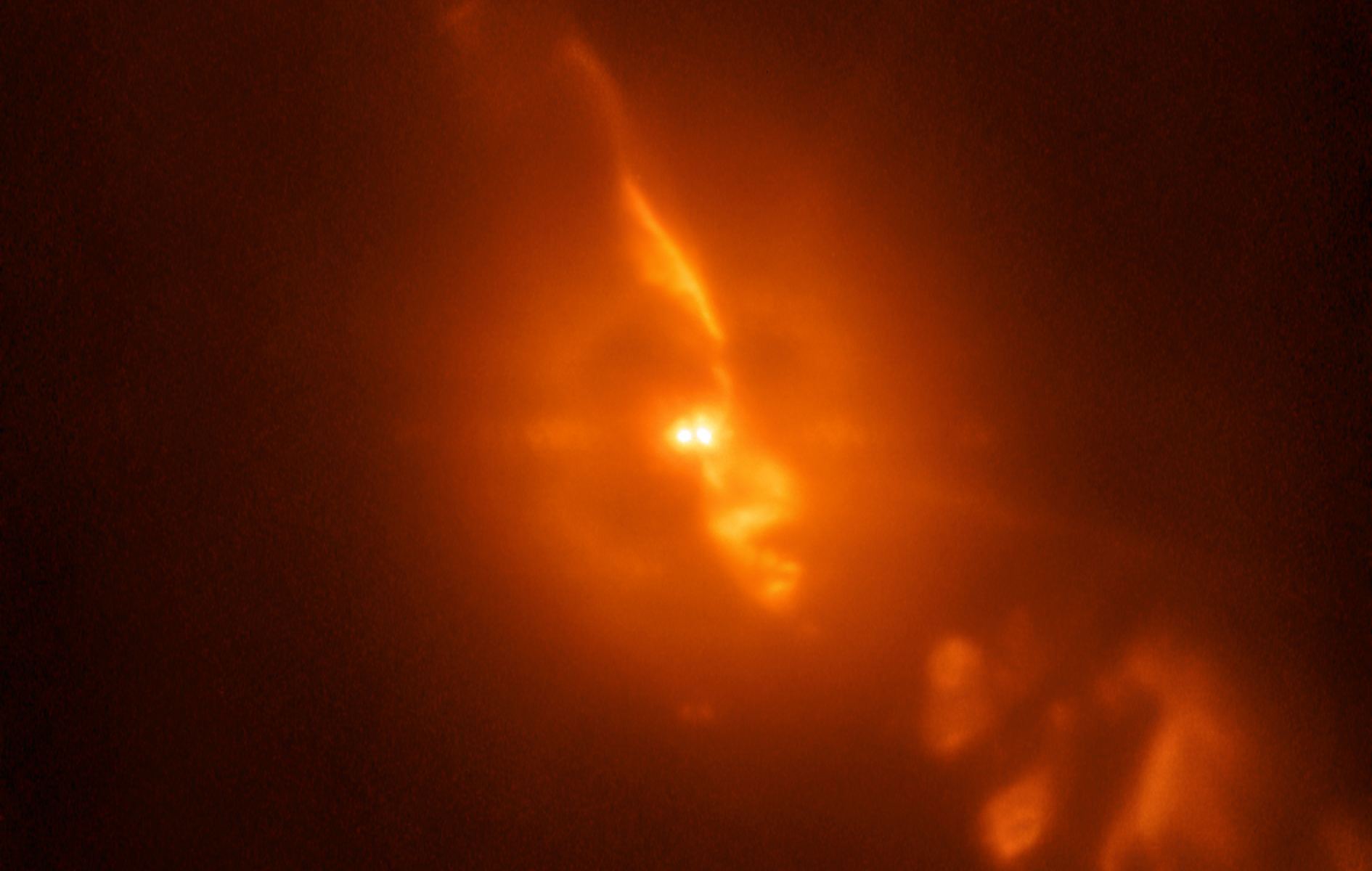We know that the carbon in your bones was formed long ago in the heart of a star. But how did that carbon actually make its way to your bones? It’s a bit of a complicated puzzle, and recent observations with the SOFIA observatory show how Mira stars do the trick.
Stars like our sun burn hydrogen to survive, turning it into helium and releasing a little bit of energy in the process. Repeated countless times a second, this released energy is enough to prevent the star from collapsing under its own weight.
But eventually the clock (that is, the hydrogen) runs out, and the star turns to helium fusion. During that process, the rest of the star inflates, swells, and turns red – a red giant, appropriately named.
In the core of that red giant, helium crunches together to form carbon and oxygen, the same carbon in your body and oxygen in the air you breathe.
But first, those elements have to, you know, escape the center of that red giant star.
Recent the Stratospheric Observatory for Infrared Astronomy (SOFIA, which is that cool NASA airplane with an infrared telescope inside it) monitored a particular star called CW Leonis. CW Leonis is a particular kind of red giant called a Mira variable (named after the star Mira, which was the first of its kind to be categorized).
Mira variables…vary. A lot. Cycling back and forth in brightness and size over the course of a hundred days or more, they represent stars at the very last stages of their lives. Heaving and gasping, these stars throw shells of their own material out into the surrounding system, preparing themselves for their evolution into a planetary nebula.
Searching specifically for carbon, SOFIA was able to watch as tons of that precious element sloughed off of CW Leonis, showing that Mira variables are responsible for spreading carbon into the galaxy – and into your bones.

